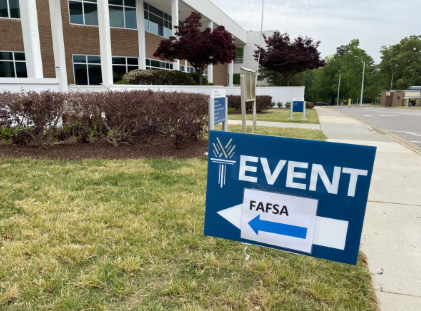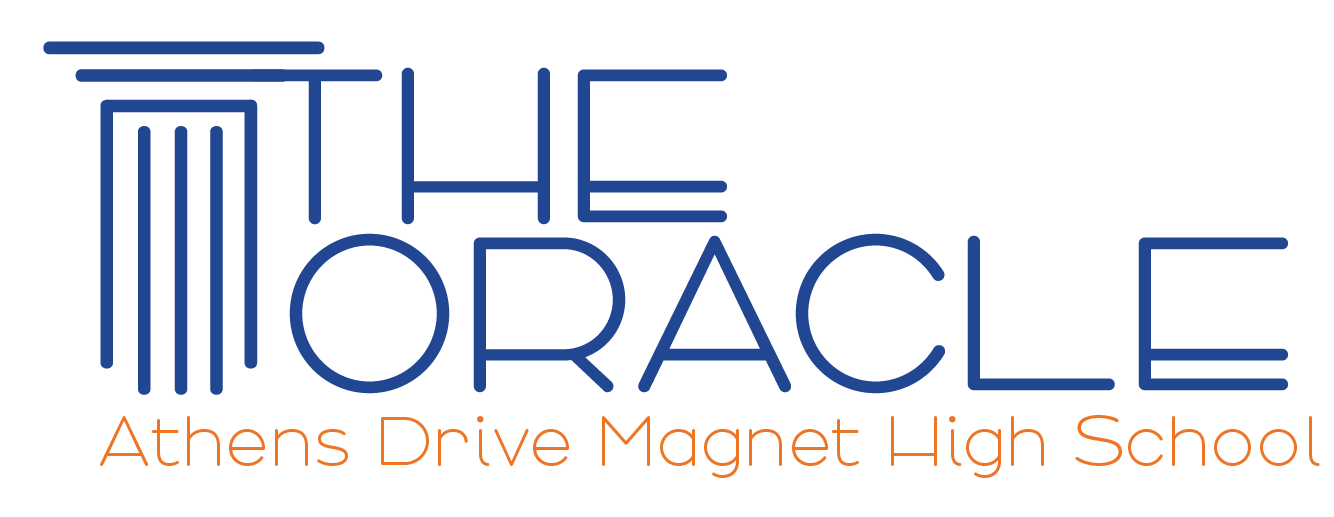As senior year approaches and college applications are just around the corner, junior students begin to stack up on activities that make them stand out. From extracurriculars to challenging coursework, students’ schedules fill up while balancing many different activities. One way students choose to challenge themselves academically is by taking advanced placement classes, dual enrollment courses, or a mix of both. Both provide students with the opportunity to receive college credit whilst still in high school, but they differ slightly.
“Dual enrollment allows students to earn high school and college credit at the same time. Most dual enrollment courses are free tuition, and if the courses are in a college transfer pathway, they are weighted like AP courses for your high school GPA,” said Jasmine Pearson, dean at Athens.
If students want to earn college credit while still in high school, a good way is to take dual enrollment courses. Dual enrollment is where students can take college classes while still in high school. Taking a dual credit course can provide students with opportunities to save money and time in college by taking some of the prerequisites for their majors. The Career College Promise (CCP) program partners with WakeTech allowing high schoolers in Wake County to take dual enrollment courses for free.

“I like the pace of Wake Tech courses better since the material is more spaced out than AP courses, which are more condensed,” said Aisha Elmi, senior. “I also like how I can work on my classes on my own time.”
Advanced placement classes are standardized across the country. This means that the same exam is administered to all students nationwide.
“The only way to earn college credit through an advanced placement course is by passing the AP exam, and even if a student passes, they may need to receive a certain score to qualify to skip certain prerequisites in college,” said Pearson.
Advanced Placement exams are graded on a scale between one to five. Many colleges vary in what the minimum score requirement is for receiving credit.
Dual enrollment courses are perfect for students who want to earn college credit but may not be as inclined to do well on high-pressure tests. AP exams span around three to four hours and are condensed with information learned throughout the year or semester. To earn college credit from a dual enrollment course, students must simply pass the course with a C or above. This can be useful for students who want to get a glimpse of college courses whilst still in high school, without the added rigor of an AP course.
The only drawback that can be attributed to taking dual enrollment courses is that they may not transfer to out-of-state schools. This must be taken into consideration for students who plan to attend college beyond their home state. However, students who know that they are likely to remain in-state for college should consider taking a dual enrollment course, as they can aid in their course prerequisites for college.
Overall, enrolling in dual credit courses is a perfect option for students looking to save money once they are in college, challenge themselves, and are keen to stay open-minded learners.
“I encourage all students in grades 10-12 to consider it as an option, especially if you are interested in a four-year college or getting a trade certification while still in high school. There are lots of resources available to you, and I am happy to help!” said Pearson.













